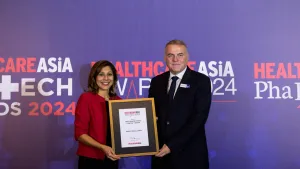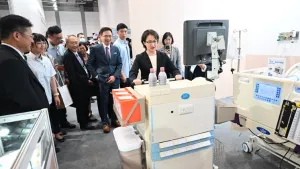
Ageing population to boost ASEAN medical diagnostics market
The market is expected to grow at a CAGR of 12.6% over the medium term.
An increasing geriatric population in Southeast Asian countries is expected to boost the region’s medical diagnostics market, which is projected to reach $14.53b in 2026, according to a report from ResearchAndMarkets.
The region’s medical diagnostics market is expected to grow at a compound annual growth rate (CAGR) of 12.6%, over the period 2022-2026.
An ageing population, escalating stress levels, hike in healthcare expenditure and expanding urbanization and surging prevalence of western type diseases in South East Asian countries are expected to drive the growth of the market.
However, the market growth is expected to face challenges due to a dearth of skilled workforce, high out-of-pocket expenditure across target countries and the rising cost of healthcare.
READ MORE: ASEAN member states urged to publicly share net prices of health products
“A few notable trends include upsurge in medical tourism, emergence of point-of-care (POC) and rapid testing, growing awareness of personalized medicine & new specialized tests and escalating shift towards preventive healthcare,” the report noted.
The services segment dominated the market, overtaking the products segment owing to the continuous increase in the number of diagnosis tests around the world, the report added.
The Association of Southeast Asian Nations (ASEAN) country that has shown the fastest growth in the medical diagnostics market was Singapore, attributed partly to its progressively ageing population and complementary government policies.
Also driving the growth in the city-state’s market includes an increased susceptibility of the population to various chronic and infectious diseases, increasing patient awareness about personalized medicine and shifting preference towards point-of-care (POC) testing, the report added.


















 Advertise
Advertise


